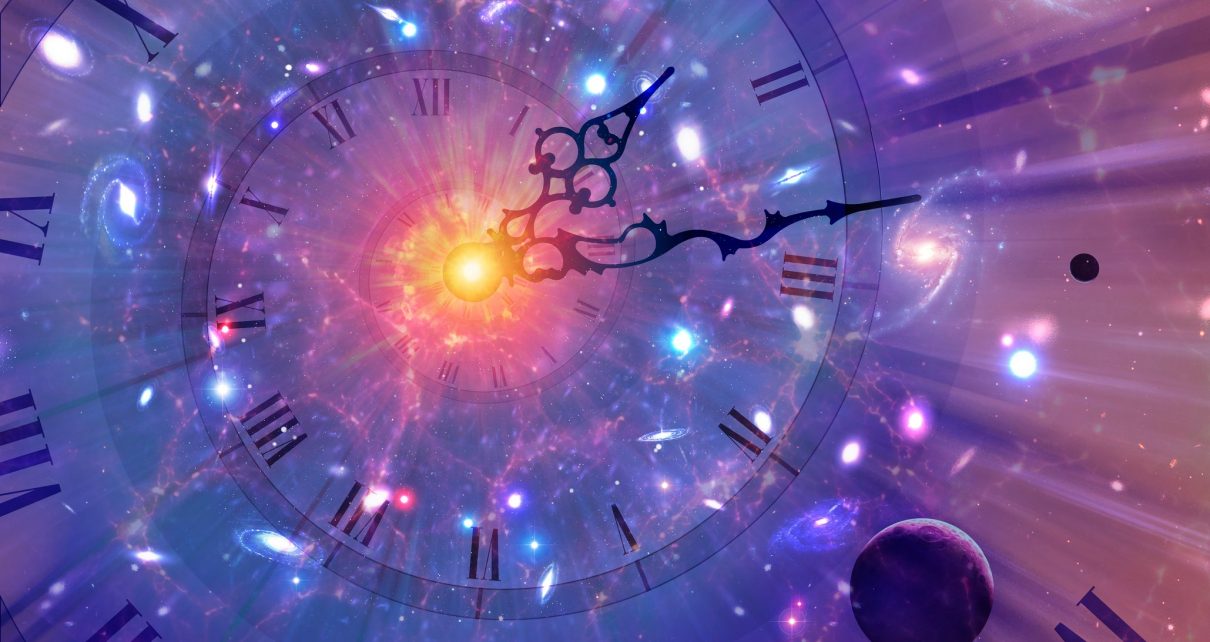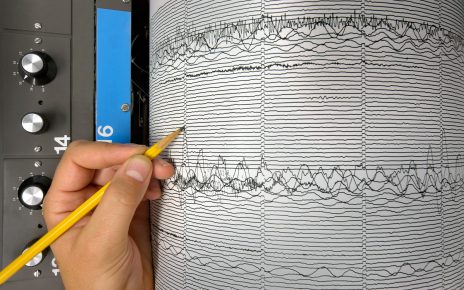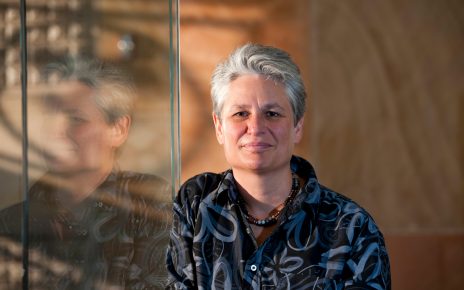The smallest conceivable length of time might be no larger than a millionth of a billionth of a billionth of a billionth of a second. That’s according to a new theory describing the implications of the universe having a fundamental clock-like property whose ticks would interact with our best atomic timepieces.
Such an idea could help scientists get closer to doing experiments that would illuminate a theory of everything, an overarching framework that would reconcile the two pillars of 20th-century physics—quantum mechanics, which looks at the smallest objects in existence, and Albert Einstein’s relativity, which describes the most massive ones.
Most of us have some sense of time’s passage. But what exactly is time?
“We don’t know,” Martin Bojowald, a physicist at Pennsylvania State University in University Park, told Live Science. “We know that things change, and we describe that change in terms of time.”
Physics presents two conflicting views of time, he added. One, which stems from quantum mechanics, speaks of time as a parameter that never stops flowing at a steady pace. The other, derived from relativity, tells scientists that time can contract and expand for two observers moving at different speeds, who will disagree about the span between events.
In most cases, this discrepancy isn’t terribly important. The separate realms described by quantum mechanics and relativity hardly overlap. But certain objects—like black holes, which condense enormous mass into an inconceivably tiny space—can’t be fully described without a theory of everything known as quantum gravity.
In some versions of quantum gravity, time itself would be quantized, meaning it would be made from discrete units, which would be the fundamental period of time. It would be as if the universe contained an underlying field that sets the minimum tick rate for everything inside of it, sort of like the famous Higgs field that gives rise to the Higgs boson particle which lends other particles mass. But for this universal clock, “instead of providing mass, it provides time,” said Bojowald.
By modeling such a universal clock, he and his colleagues were able to show that it would have implications for human-built atomic clocks, which use the pendulum-like oscillation of certain atoms to provide our best measurements of time. According to this model, atomic clocks’ ticks would sometimes be out of sync with the universal clock’s ticks.
This would limit the precision of an individual atomic clock’s time measurements, meaning two different atomic clocks might eventually disagree about how long a span of time has passed. Given that our best atomic clocks agree with one another and can measure ticks as small as 10^(minus19) seconds, or a tenth of a billionth of a billionth of a second, the fundamental unit of time can be no larger than 10^(minus 33)seconds, according to the team’s paper, which appeared June 19 in the journal Physical Review Letters.
“What I like the most about the paper is the neatness of the model,” Esteban Castro-Ruiz, a quantum physicist at the Université Libre de Bruxelles in Belgium who was not involved in the work, told Live Science. “They get an actual bound that you can in principle measure, and I find this amazing.”
Research of this type tends to be extremely abstract, he added, so it was nice to see a concrete result with observational consequences for quantum gravity, meaning the theory could one day be tested.
While verifying that such a fundamental unit of time exists is beyond our current technological capabilities, it is more accessible than previous proposals, such as the Planck time, the researchers said in their paper. Derived from fundamental constants, the Planck time would set the tiniest measureable ticks at 10^(minus 44) seconds, or a ten-thousandth of a billionth of a billionth of a billionth of a billionth of a billionth of a second, according to Universe Today.
Whether or not there is some length of time smaller than the Planck time is up for debate, since neither quantum mechanics nor relativity can explain what happens below that scale. “It makes no sense to talk about time beyond these units, at least in our current theories,” said Castro-Ruiz.
Because the universe itself began as a massive object in a tiny space that then rapidly expanded, Bojowald said that cosmological observations, such as careful measurements of the cosmic microwave background, a relic from the Big Bang, might help constrain the fundamental period of time to an even smaller level.
Copyright 2020 LiveScience.com, a Future company. All rights reserved. This material may not be published, broadcast, rewritten or redistributed.



